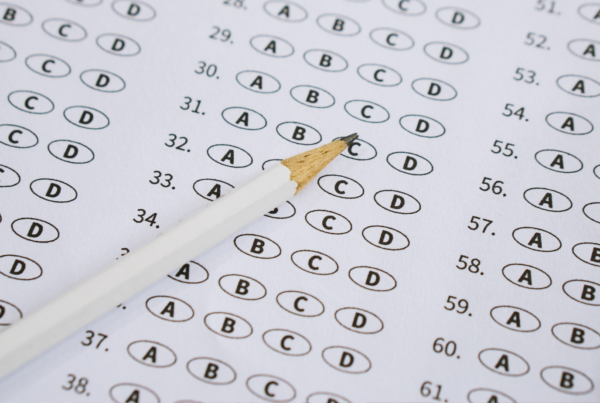By Brenda Ward
College Admissions Counselor at Galin Education

Why take the PSAT?
Another test! Yes October is PSAT month, and high schools will be administering this test on one of two dates: Tuesday, October 14, or Saturday, October 18. Both sophomores and juniors are invited to take this test, so let’s consider who should take this test and why.
There are two primary reasons for taking the PSAT: 1) Preparation for the actual SAT, and 2) Consideration for National Merit recognition. Here’s how each reason might play into your student’s decision:
How well does the PSAT prepare for the SAT?
The PSAT provides a good introduction to the content and format of the PSAT and will provide a predictive SAT score. This can be helpful for students who are unsure of whether they will be studying for the ACT or SAT for actual admission purposes.
However, the PSAT is much shorter than the SAT, and consequently does not help students experience the time management and endurance required for actual admission tests. For instance, the PSAT has 5 portions and lasts 2 hours and 10 minutes. The actual SAT has 10 portions and lasts 3 hours and 45 minutes.
Also, results from the PSAT are not available until December, giving the junior little time to participate in serious test preparation for actual admission tests.
In addition, the PSAT is often given on home court—in classrooms in the student’s actual high school with familiar proctors. Conversely, the SAT is often administered off site, in a less cozy atmosphere, without this home court advantage.
All of that said, the PSAT is another opportunity to practice the form and content of the SAT, and especially for sophomores, may provide valuable data when considering which of the admission tests—ACT or SAT—will be their test of choice.
What about National Merit consideration?
The PSAT, when taken as a junior, provides the only avenue for a student to be considered for National Merit recognition or scholarships. Sophomores who take the PSAT will not be considered for the current year of National Merit recognition and will have to take the test again next year for this consideration.
National Merit uses a Selection Index (the sum of critical reading, mathematics, and writing skills) to qualify students for the program. Generally, this means scoring near the 99th percentile range on the PSAT. Consequently, if the student has scored well on a sophomore PSAT or a PSAT practice test (in the 90th percentile or above), it makes good sense to take the test again as a junior to be considered for recognition.
Of the qualified juniors, two-thirds will become Commended Scholars and no will longer continue in the selection process. About one-third will become semi-finalists and receive application materials to continue in the program. The announcement of scholars is made in September of the student’s senior year. In February the National Merit Corporation announces the finalists who have been deemed eligible for a variety of National Merit scholarships, including their own, corporate-sponsored, and college-sponsored.
Although the cut-off for Commended Scholars is consistent nationally, a state-by-state cut-off score determines the number of students who move on in the competition to become semi-finalists and finalists. This cut-off score is based on the state’s percentage of the national total of high school graduating seniors. This year, Wisconsin’s cut-off score was a 210 (the sum of the three sections) while the District of Columbia posted the highest cut-off score of 224, and West Virginia, the lowest at 204. Our neighboring states posted cut-offs of 215 for Illinois and Minnesota, and 210 for Iowa.
National Merit recognition is widely recognized and respected, and students who test extremely well are encouraged to enter the competition by taking the PSAT in the junior year.
Another test, yes, but also another opportunity, for your consideration!





